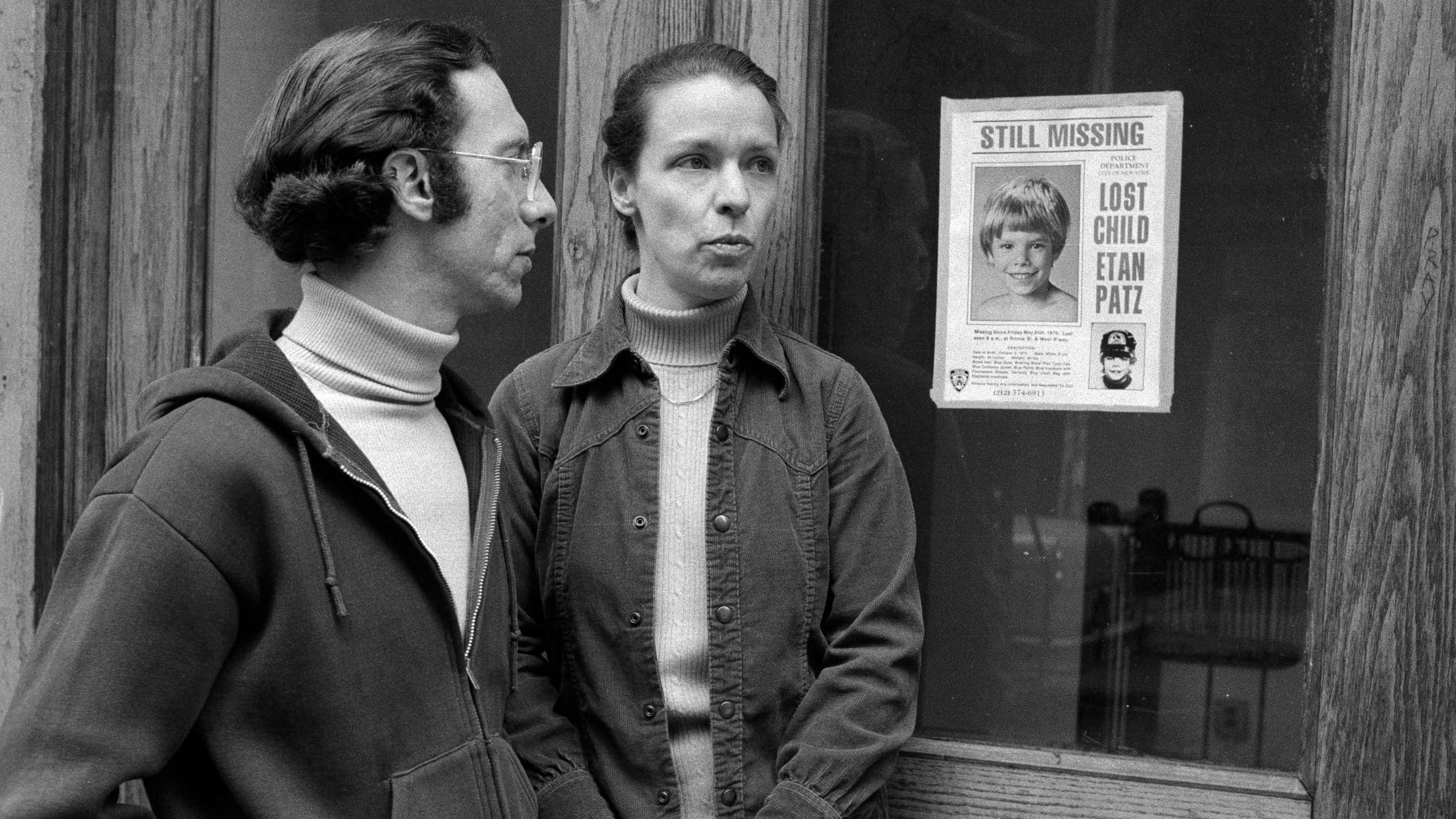On the morning of May 25, 1979, six-year-old Etan Patz walked the two blocks from his home to his bus stop in Manhattan. It was his first time walking there alone before school, and the last day his parents would ever see him. That’s because someone abducted Etan during that walk. In his parents’ effort to find him, Etan became among the first missing children to be featured on milk cartons.
Julie and Stanley Patz didn’t realize her son was missing until later that day, when he didn’t come home from the Independence Plaza School. They soon learned he hadn’t been in his first grade class that day or even made the bus that morning, and called the police. Etan’s disappearance led to nationwide search that wasn’t resolved until 2017, when Pedro Hernandez was convicted of abducting and killing him.
Etan was among the first non-celebrity missing children to gain national attention, the way JonBenét Ramsey would in 1996. In the early 1980s, Etan’s face appeared on milk cartons all over the country encouraging people to contact the authorities if they’d seen him. Etan’s case also led President Ronald Reagan to declare May 25 National Missing Children’s Day in 1983, and played a role in the founding of the National Center for Missing and Exploited Children.
In the decades after Etan went missing, there were fake confessions, false leads and even young men who showed up at the Patz’s doorstep claiming to be Etan. For a long time, investigators suspected Jose Ramos of abducting him. Ramos was a friend of Etan’s former babysitter who was convicted of child molestation in the 1980s. But investigators were never able to confirm that Ramos was guilty. In 2000, authorities declared Etan legally dead, and the case went cold.
Investigators reopened the case in 2010, and two years later they excavated the foundation of a home near Etan’s to look for clues. The excavation didn’t turn anything up, but the media coverage of it did lead people to report some new tips, one of which lead investigators to the person they were looking for. That person was Pedro Hernandez, who had been 18 and worked at the bodega near Etan’s bus stop the day he disappeared.
Investigators discovered that in 1982, Hernandez had admitted in an open church confessional that he had killed a young boy. His family knew about this and had begun discussing it again when they saw news of the excavation. Police interrogated Hernandez, and he confessed that he had lured Etan into the bodega and strangled him. He then put his body in a box and left it outside in a trash pile a couple of blocks away.
Hernandez’s 2015 case ended in a mistrial because one juror was not convinced he was guilty. Like the defense had argued, that juror was concerned Hernandez was mentally ill and that police may have coerced him into a false confession. At his next trial in 2017, Hernandez was found guilty and sentenced to 25 years to life in federal prison.
